By Elaine Donnelly
STARRS Board of Advisors
he U.S. Supreme Court recently heard oral arguments in two cases challenging race-based affirmative action practices at Harvard and the University of North Carolina (UNC). A group called Students for Fair Admissions (SFFA) sued those civilian schools for discriminatory admission policies, but the high-stakes legal drama also involves the military.
Arguing for the Department of Defense, U.S. Solicitor General Elizabeth Prelogar insisted (without evidence) that military officer corps diversity “is a critical national security imperative” and that “it’s not possible to achieve that diversity without race conscious admissions, including at the nation’s service academies.”
How did the military get roped into this legal debate?
The controversy started with a 2003 case called Grutter v. Bollinger, when a group of retired defense officials and military officers filed a friend of the court (amicus) brief arguing in support of racial preferences at the University of Michigan Law School.
In Grutter, the Department of Defense (DOD) surrogate brief claimed that racial preferences in admissions to the service academies and colleges having Reserve Officers’ Training Corp (ROTC) scholarship programs were “essential to national security.” It was a far-fetched, disingenuous argument, but absent rebuttal, some justices bought it.
The 5-4 Grutter ruling allowed Michigan Law to consider race in choosing applicants, relying on the contrived claim that racial preferences in admissions were necessary to achieve racially diverse ROTC and military service academy programs. The alleged “national security imperative,” unfortunately, was deemed sufficient to satisfy the “compelling state interest” requirement needed to survive strict scrutiny.
Justice Sandra Day O’Connor supported the Grutter ruling, but she cautioned that race-conscious practices should end in about 25 years. Nineteen years later, SFFA is petitioning the court to overturn Grutter and end discriminatory admissions policies now.
DOD and Veterans Engaged on Both Sides
The students’ case presents specific evidence of race-based discrimination against higher-scoring Asian applicants at Harvard and higher-scoring Asian and white applicants at UNC, arguing that such practices violate the equal protection clause of the U.S. Constitution and Title VI of the 1964 Civil Rights Act.
The Biden administration is supporting the pro-discrimination side, not the white and Asian students seeking non-discrimination and recognition of merit. Another DOD surrogate group filed an amicus brief like the one submitted in Grutter.
Enter a group called Veterans for Fairness and Merit (VFM), which advocates for equal opportunity and merit and condemns all forms of racism. VFM filed a new amicus brief disputing the claim that effectiveness in combat depends on policies that are race-conscious instead of colorblind.
The VFM brief, filed on behalf of its more than 600 distinguished veteran members including 21 Medal of Honor recipients, presents persuasive facts countering the claim that the military officer corps lacks diversity. The percentage of black Army officers (12.3 percent), for example, is only one point shy of the approximately 13 percent of black people in the general population. VFM also argues that increased officer diversity is not essential to national security and that our military can defend America without suspending the equal protection clause.
VFM’s brief further states that discriminatory racial preferences are “unquestionably harmful to our national security,” explaining that such preferences are antithetical to the “selfless servant, colorblind culture necessary for our military to prevail on the battlefield.”
When Justice Clarence Thomas asked Solicitor General Prelogar to describe the education benefits of race-conscious admissions, she noted intangibles such as “cross-racial understanding.” She also warned that smaller percentages of minorities in the officer corps than the enlisted ranks would lead to “tremendous racial tension and strife” as the armed forces have experienced in the past.
DOD Predicts ‘Racial Tension and Strife’
It was an astonishing argument. Unsurprisingly, it falls apart under closer examination. Racial strife in the armed forces did occur in the late 1960s and early 1970s, but it was largely caused by conscription, anti-Vietnam War radicalism, widespread drug abuse, racial suspicions, and Great Society failures like Defense Secretary Robert S. McNamara’s “Project 100,000.”
Launched in 1966, this disastrous social experiment did not target racial minorities, but it was supposed to help inner-city and rural men to escape poverty on the ladder of military service. Because standards were lowered to achieve social goals, “Category IV” inductees who scored low on aptitude tests became known as “New Standards Men.” Many of the disadvantaged Project 100,000 men were Black and Latino, and thousands died in disproportionate numbers. Those who survived did not fare well in civilian life.
In the early 1970s, the Navy also lowered standards to enlist a greater percentage of Category IV recruits with disciplinary problems and no high school diploma. According to a 1973 House Armed Services Subcommittee report, the carrier U.S.S. Kitty Hawk experienced severe insubordination and racial violence that shattered the chain of command.
Racially polarized riots also occurred on the carrier U.S.S. Constellation, but the House subcommittee found no evidence of racial discrimination. Instead, agitators incited riots by convincing minority sailors that commanders were victimizing them because they were black.
Conditions of that era do not exist today. Since Vietnam, the all-volunteer force has fought several wars without race riots or combat refusals. However, the Defense Department risks heightening racial tensions with its critical race theory (CRT) instructions.
In “anti-racist” CRT programs, white participants must confess their “white supremacy,” and minorities are indoctrinated in woke victimology. Sen. Tom Cotton, R-Ark., has quoted servicemember whistleblowers who said they were forced to participate in race-conscious “privilege walks” and viewings of videos re-writing American history as a “fundamentally racist and evil nation.”
CRT “anti-extremist” programs and divisive use of racial preferences weaken mutual trust and cohesion, which are essential for combat effectiveness. To avoid racial tensions, the Defense Department should eliminate all CRT programs, discontinue the use of racial preferences, and end all forms of race-based discrimination.
The nine Supreme Court justices did not mention the competing military amicus briefs during oral arguments, but advocates of equality and meritocracy are raising a simple question: If a friend or family member is in combat, should their commanding officer be the best qualified, regardless of race? Or would it suffice to be led by lesser qualified officers whose skin color was used to achieve “demographic parity” between officers and the enlisted ranks?
Given what is at stake, the choice should be easy to make.
Elaine Donnelly is President of the Center for Military Readiness, an independent public policy organization that reports on and analyzes military and social issues.


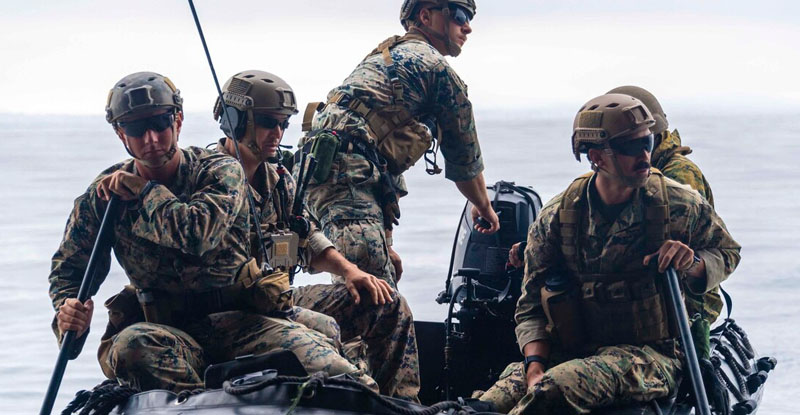
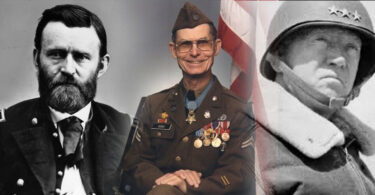
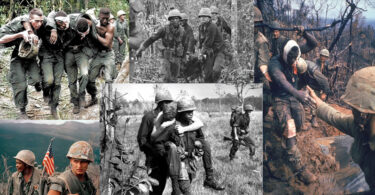
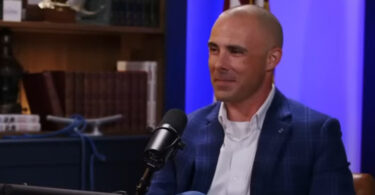

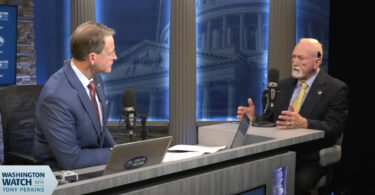
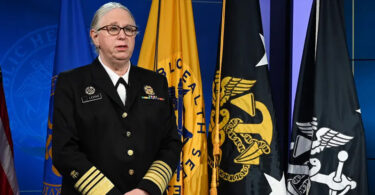
Leave a Comment